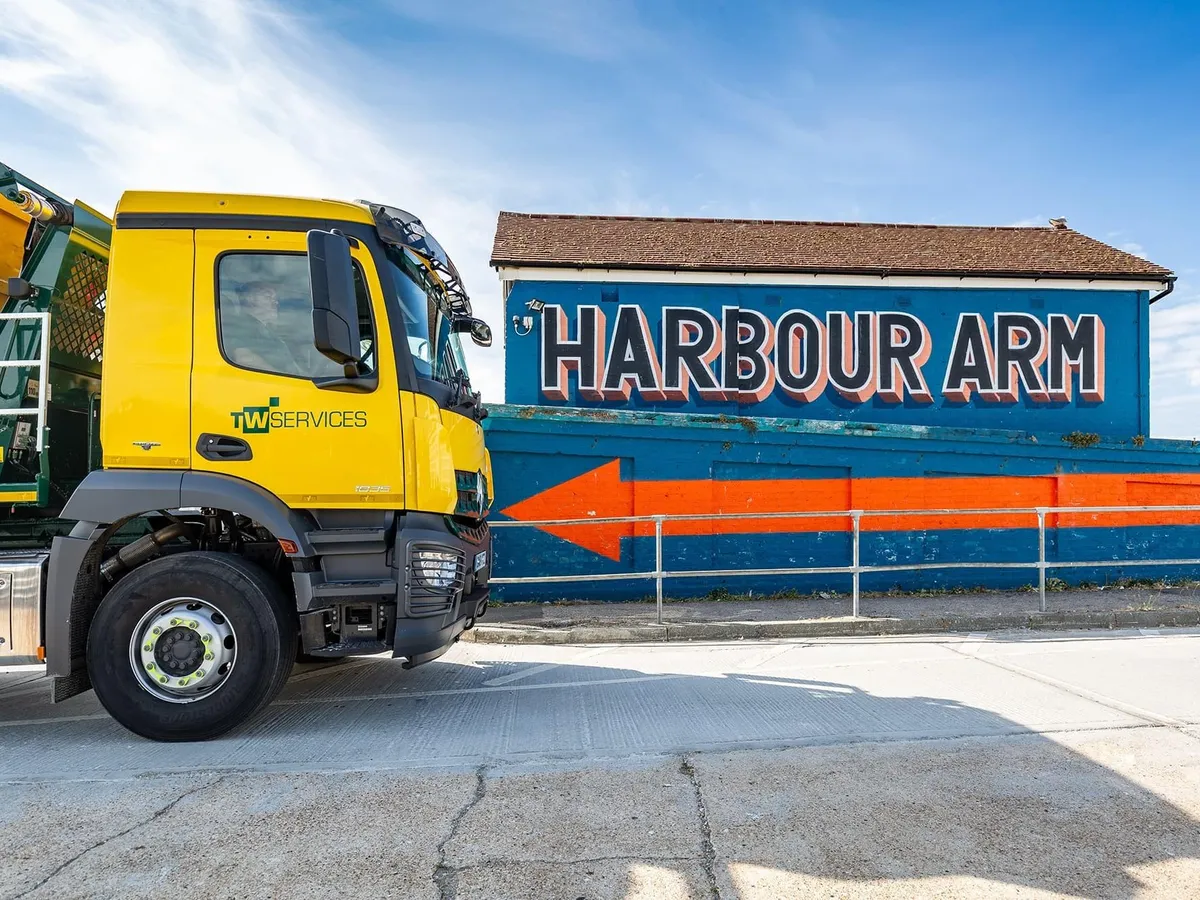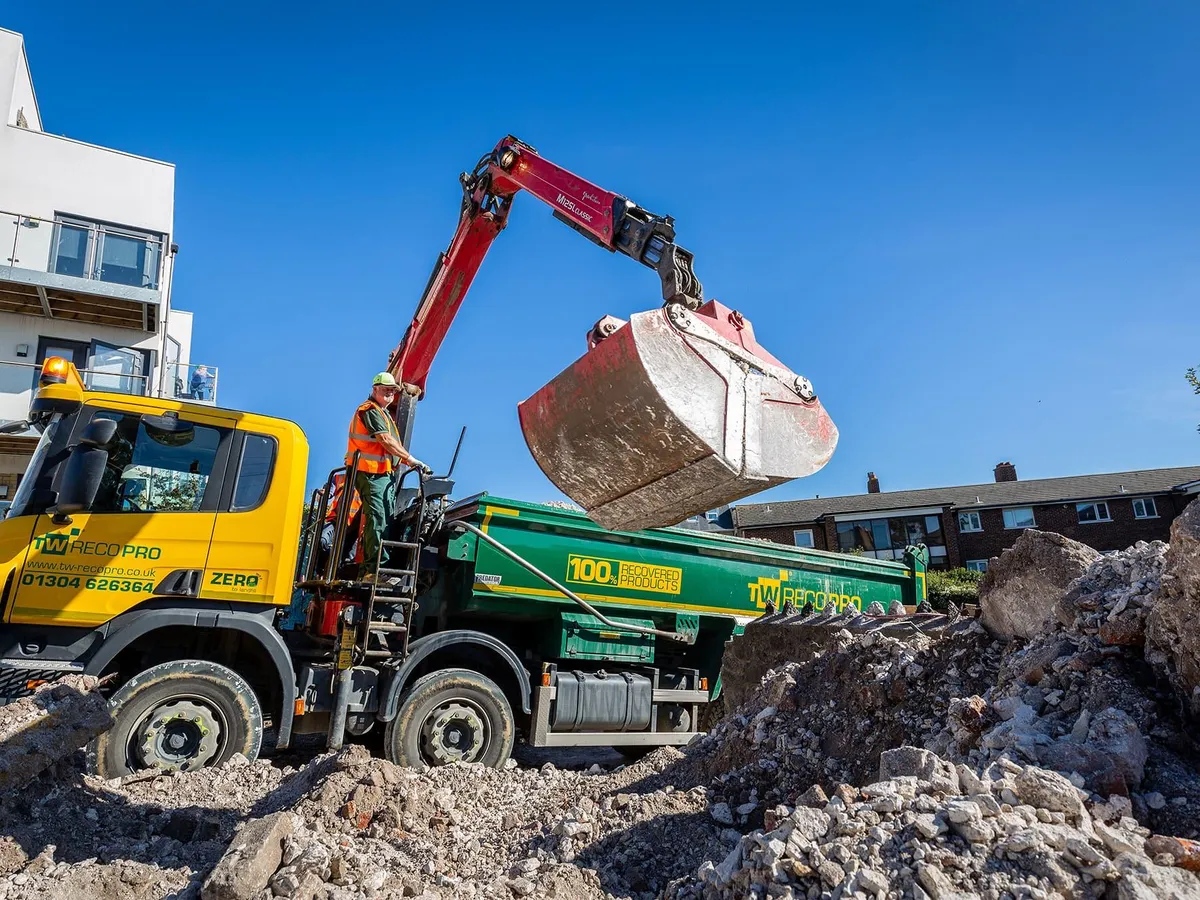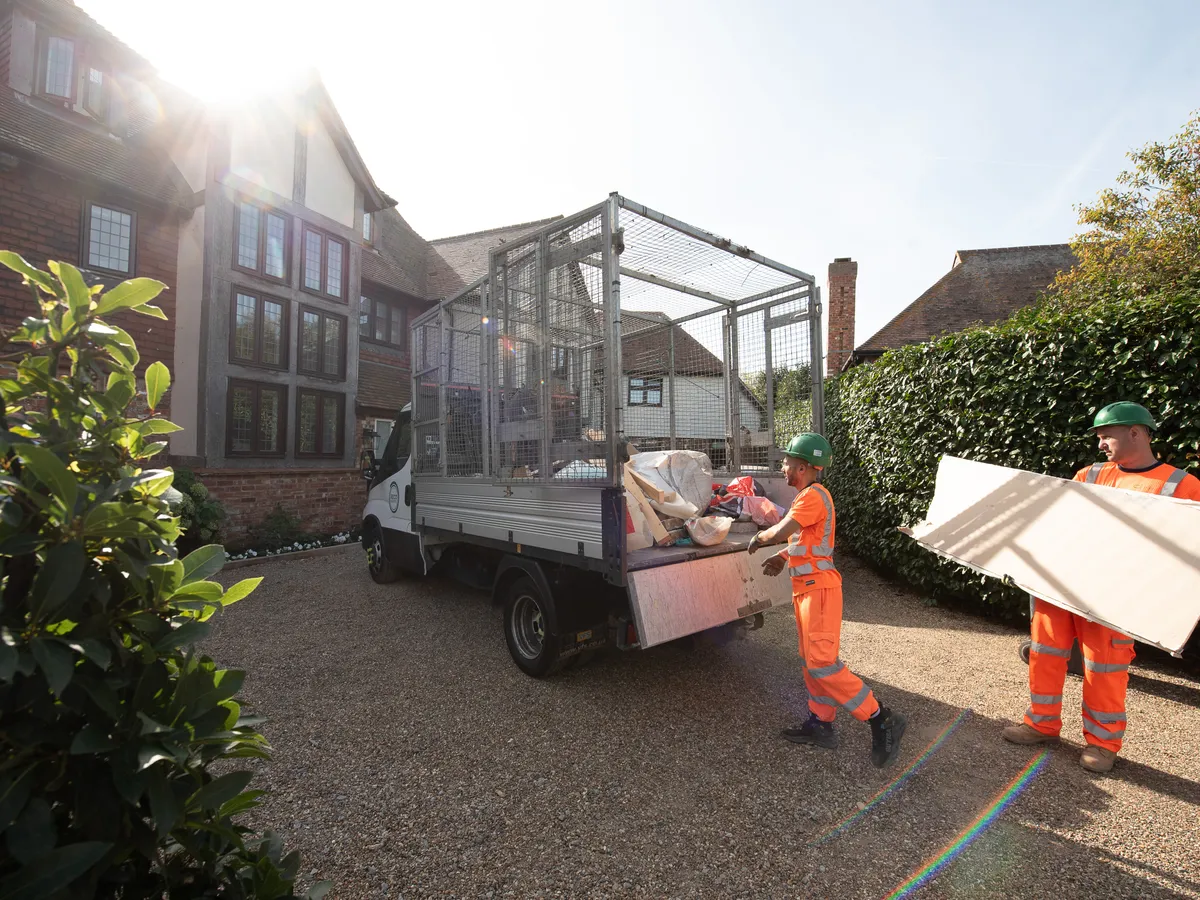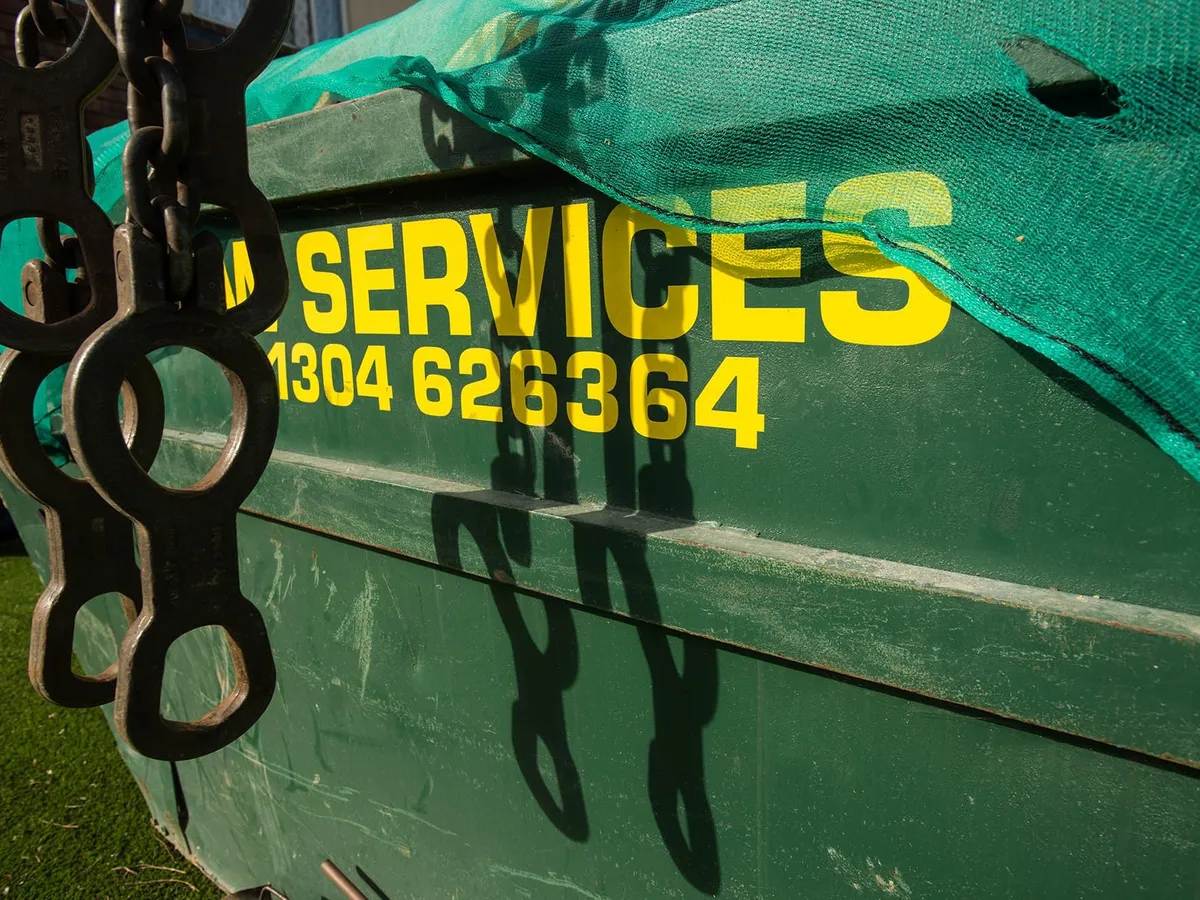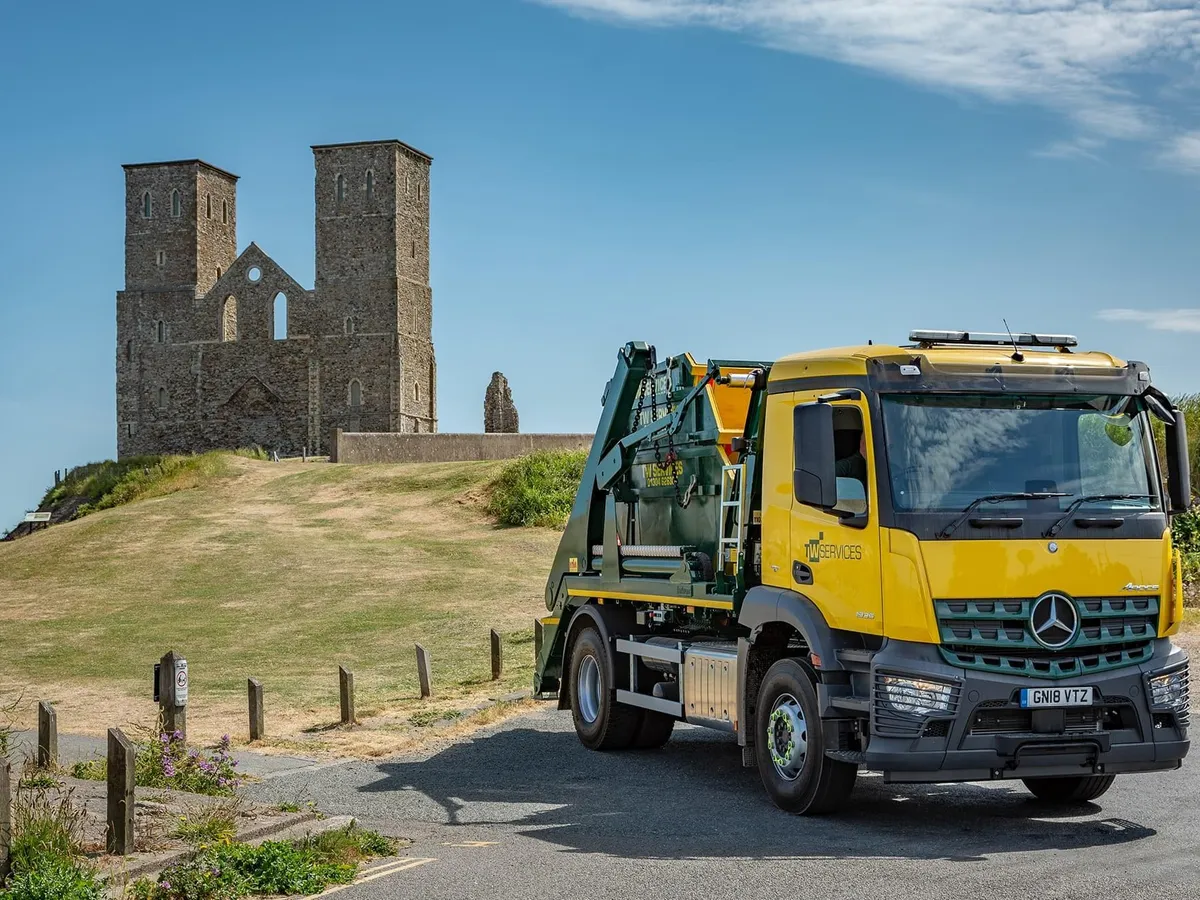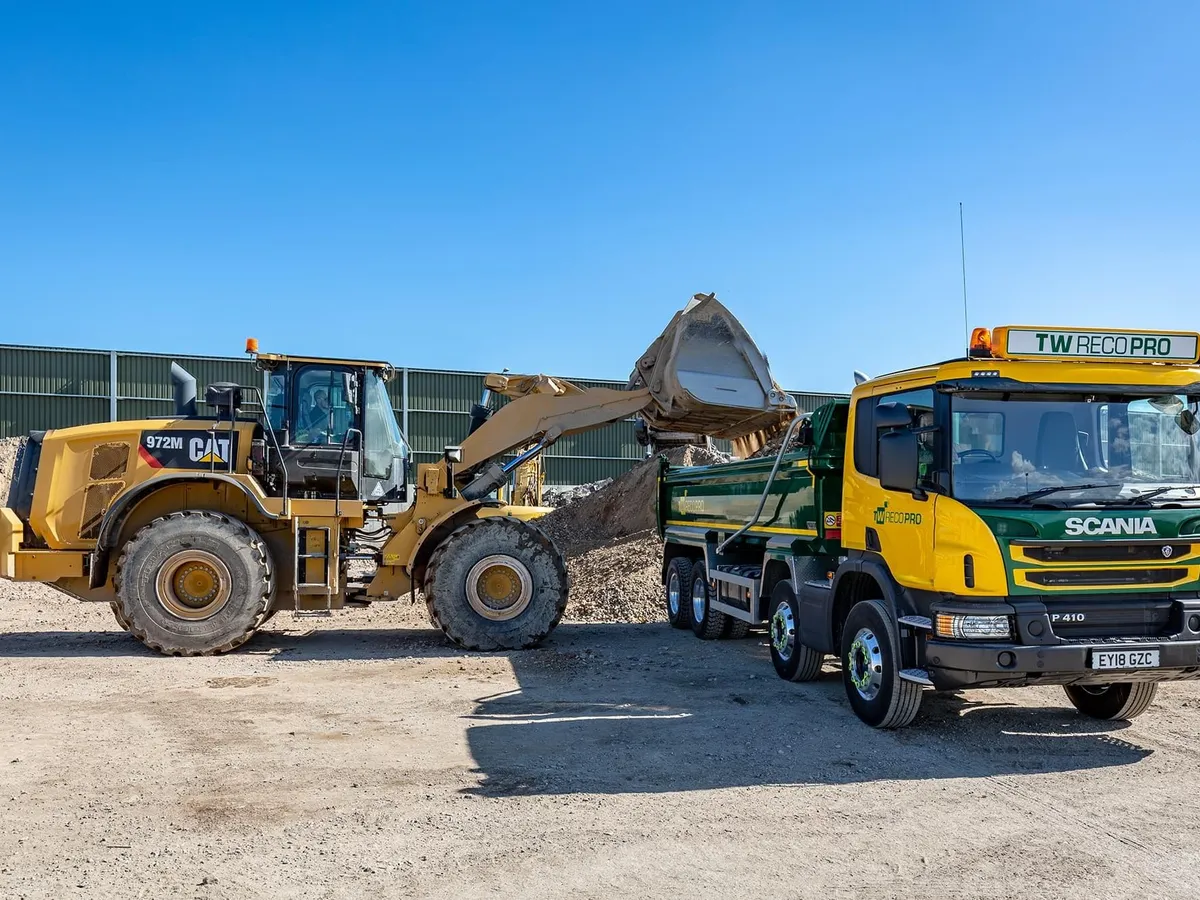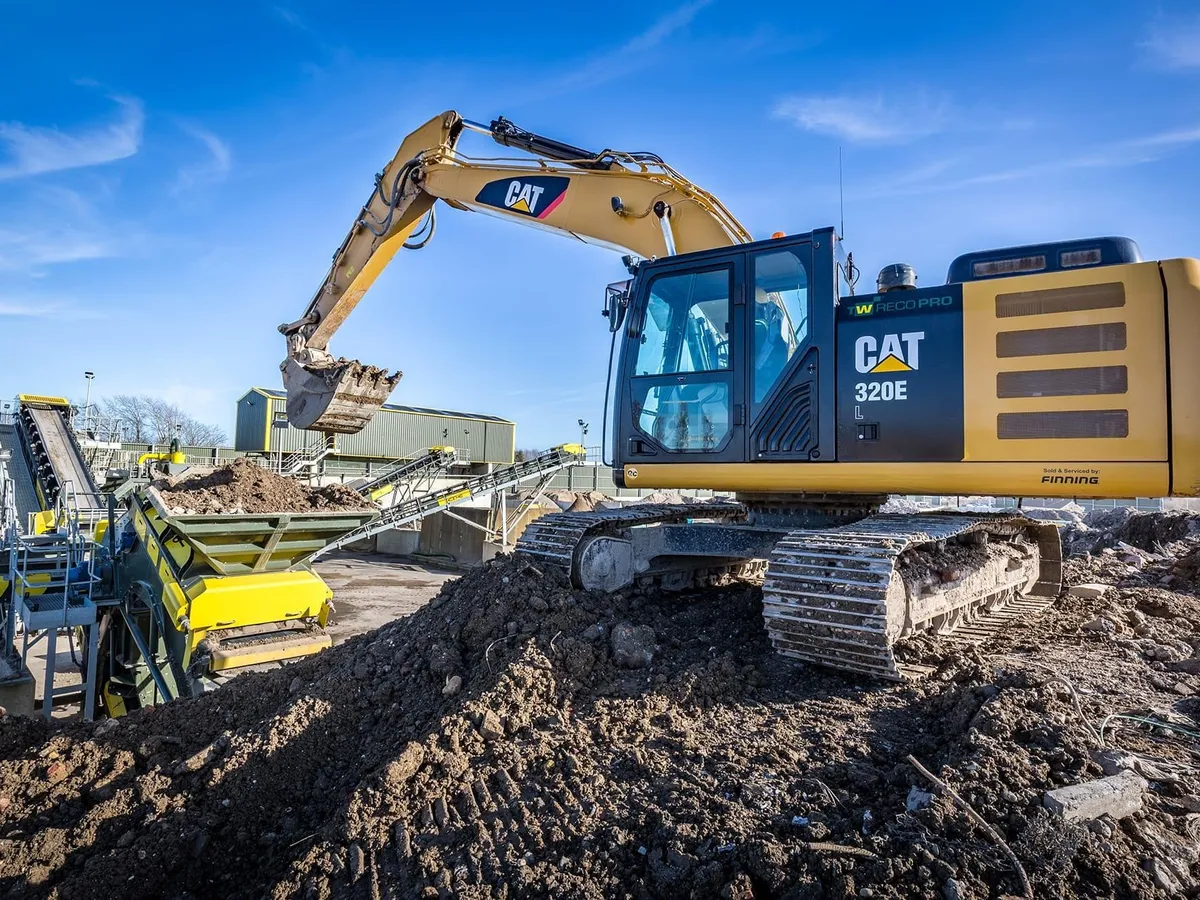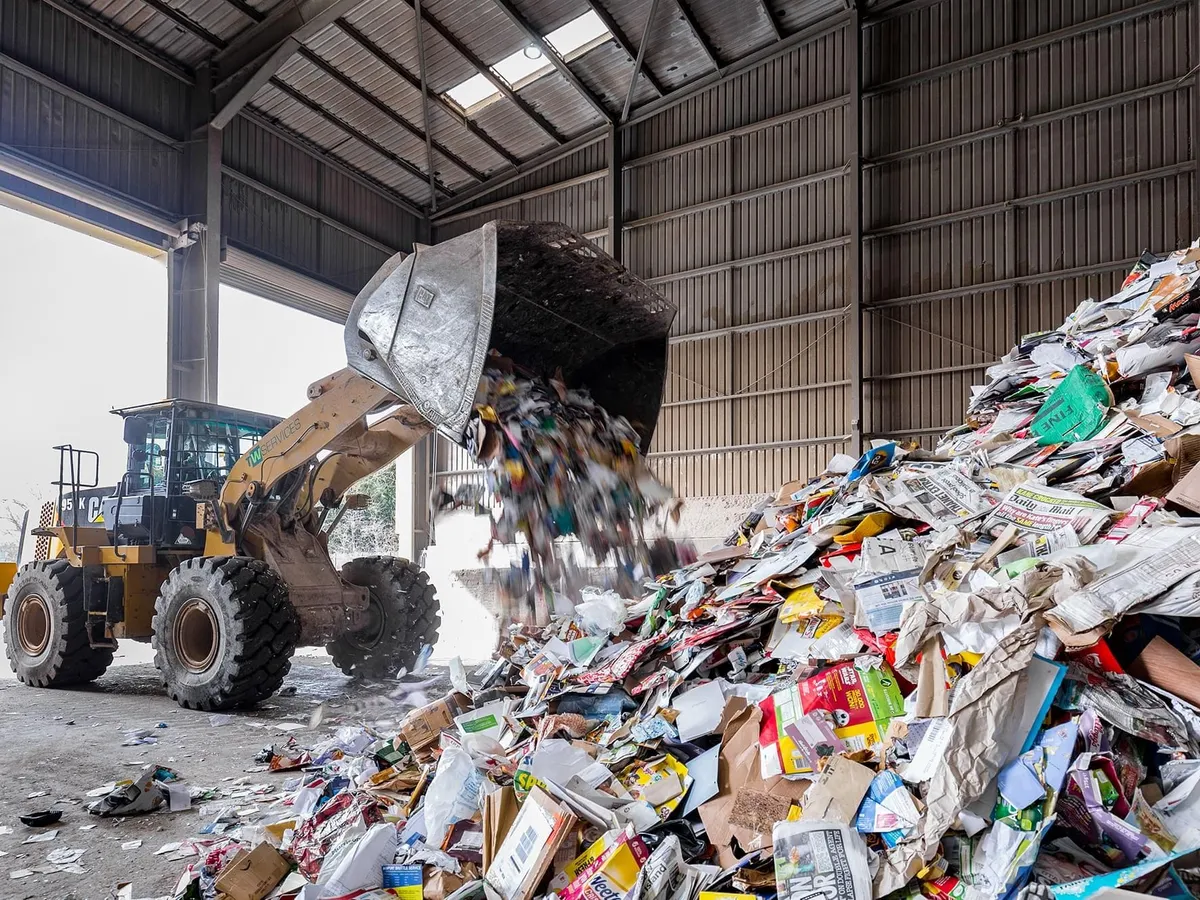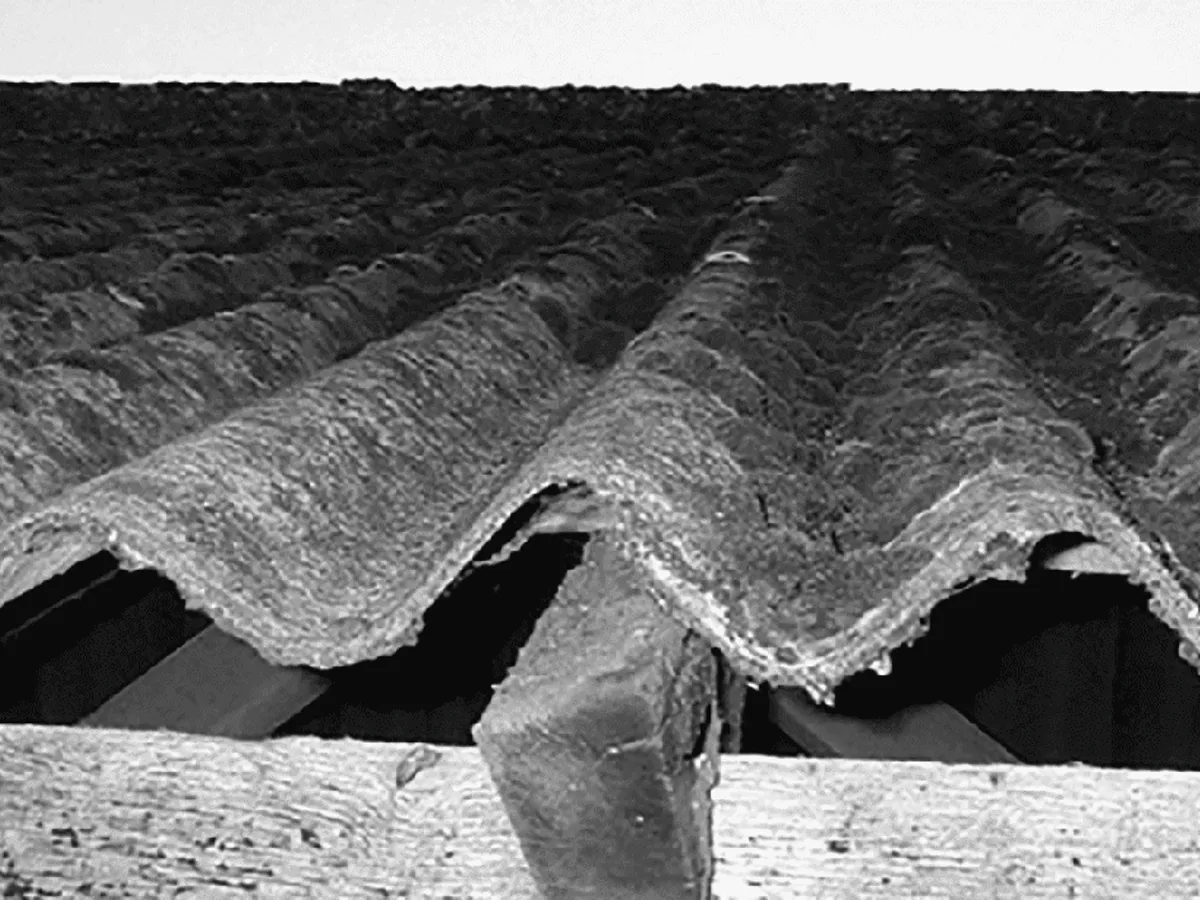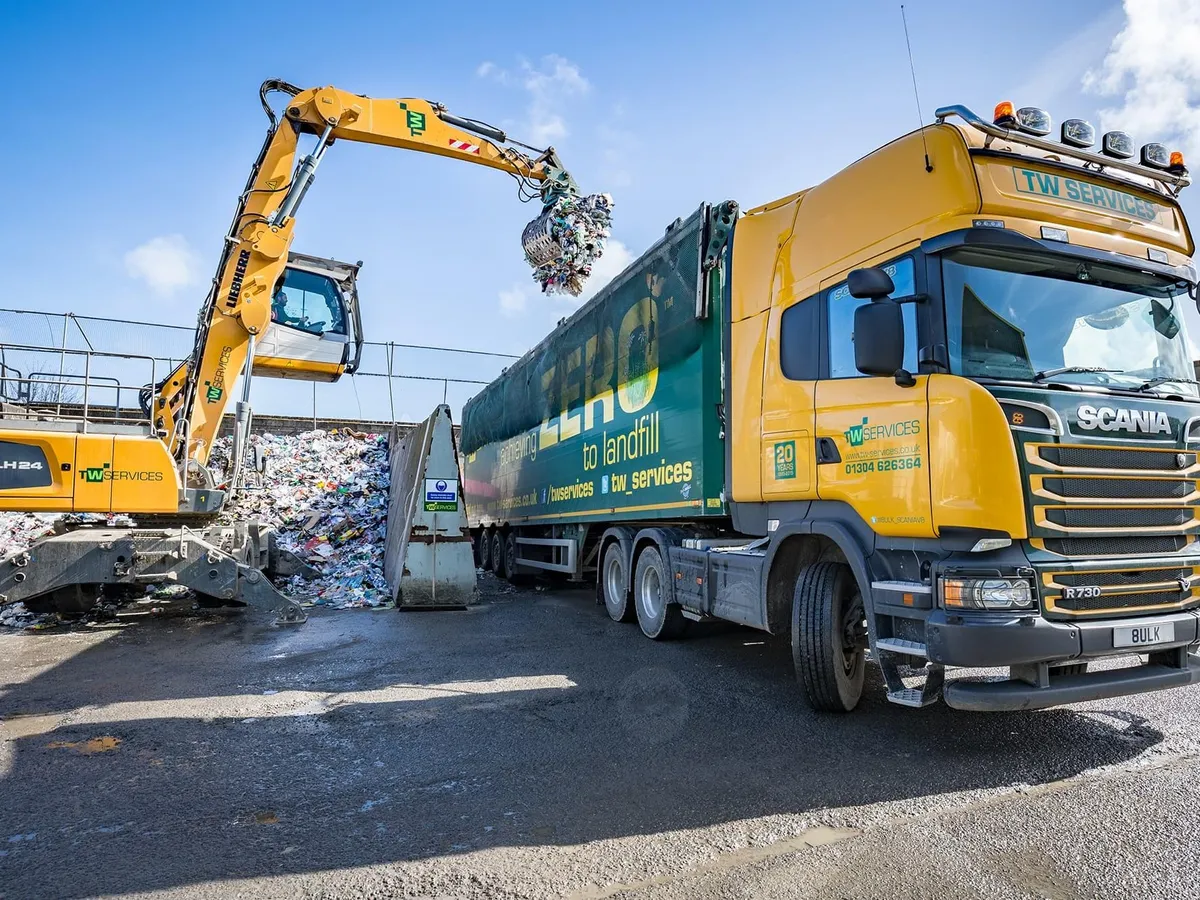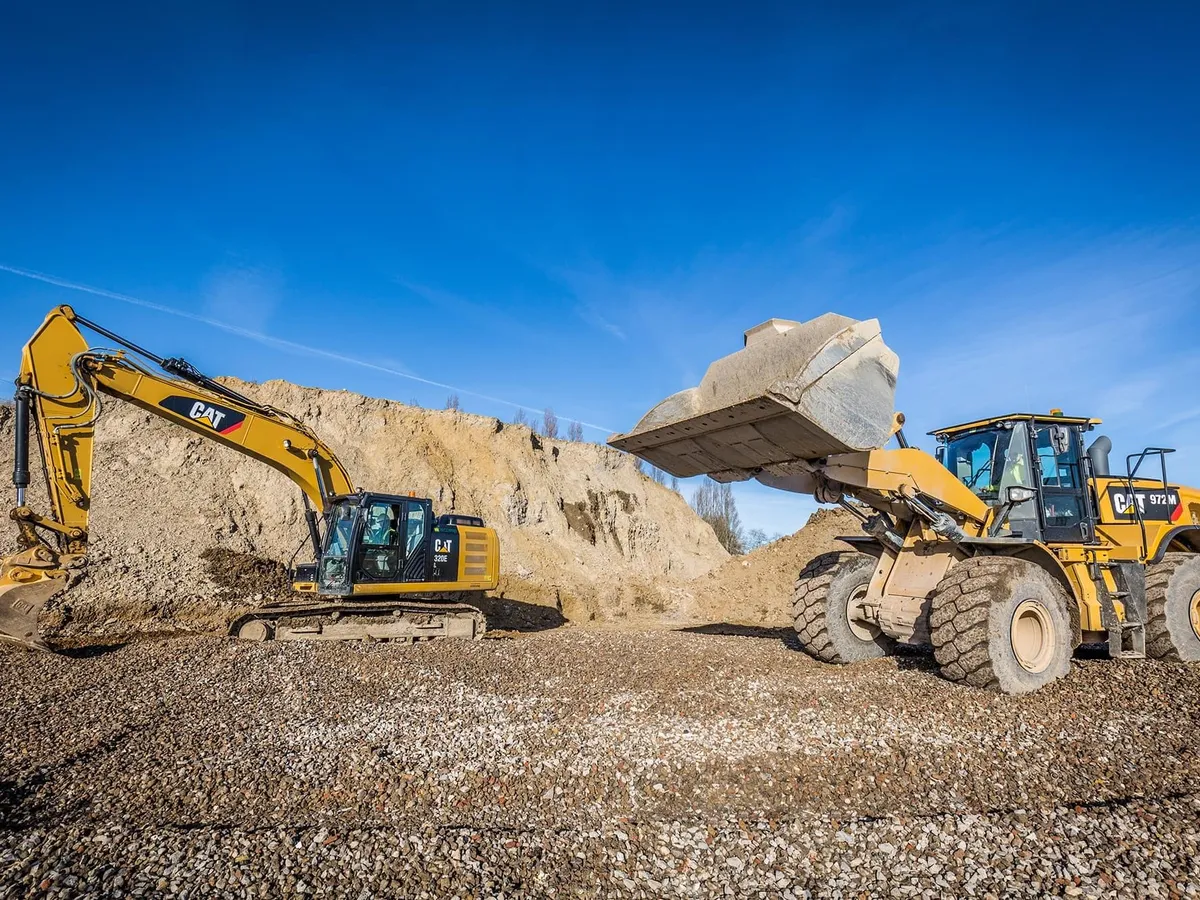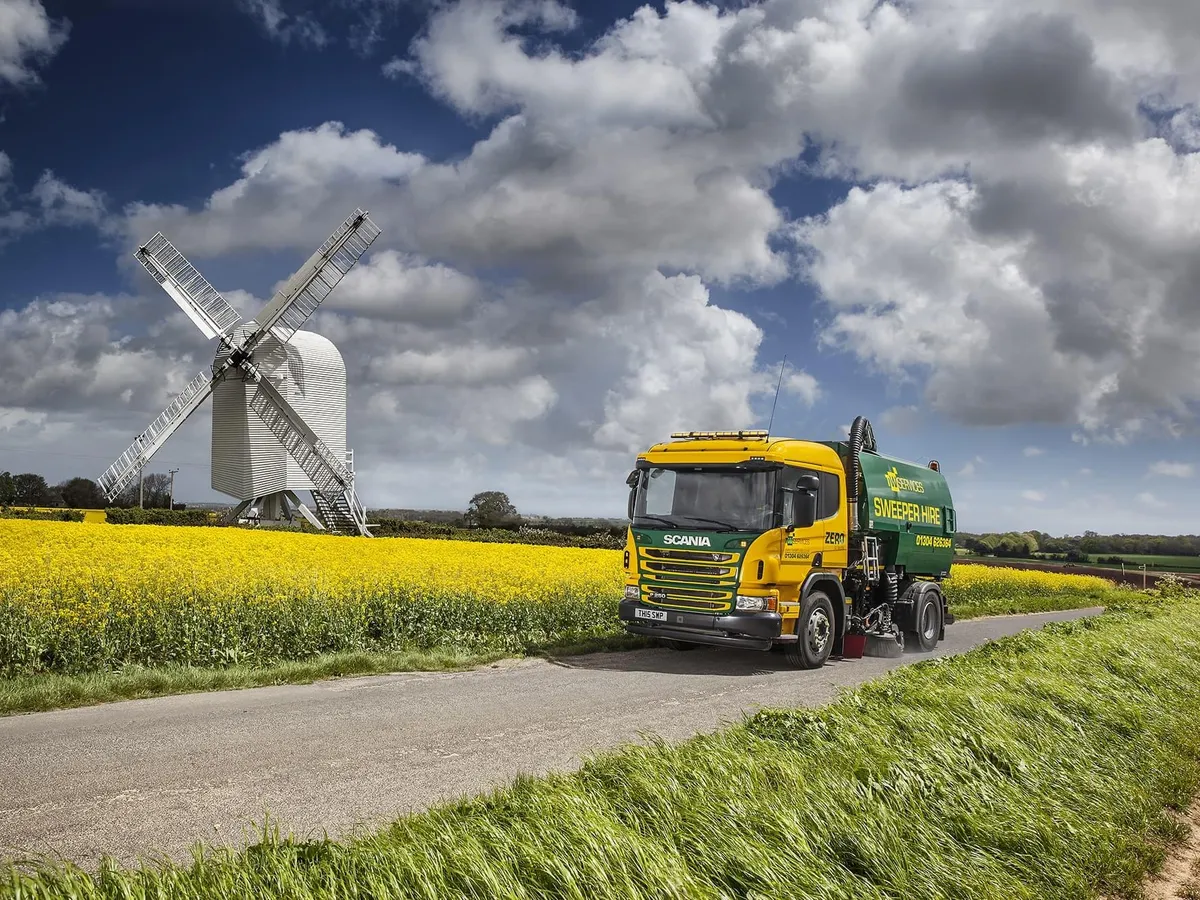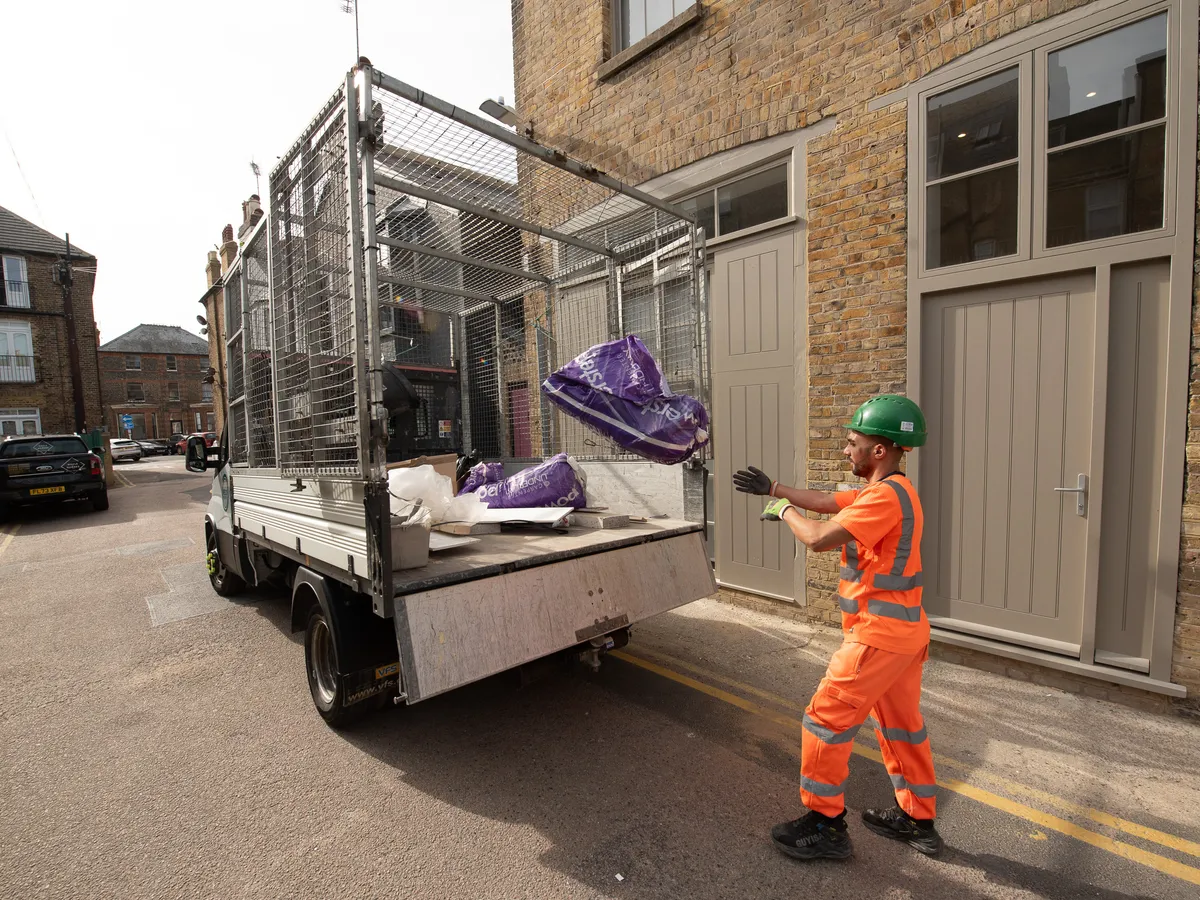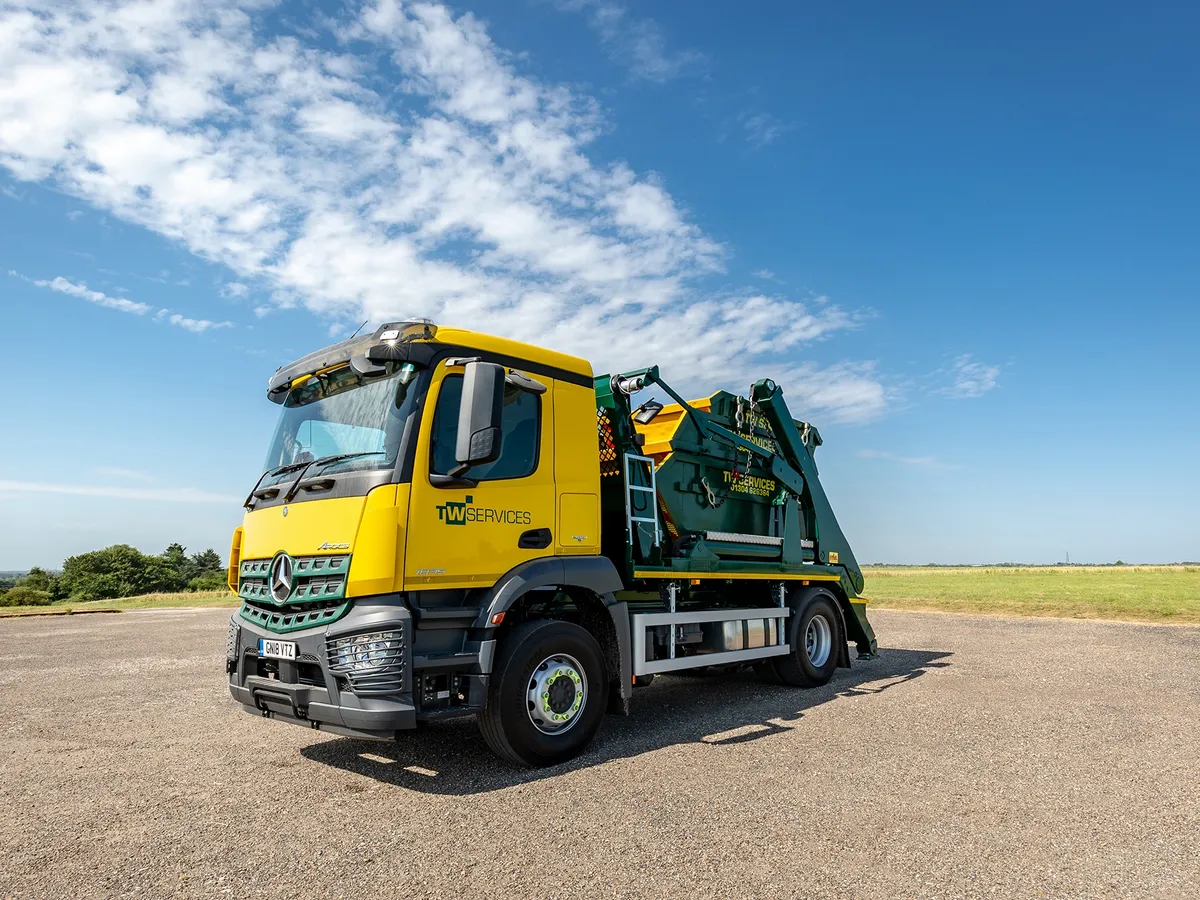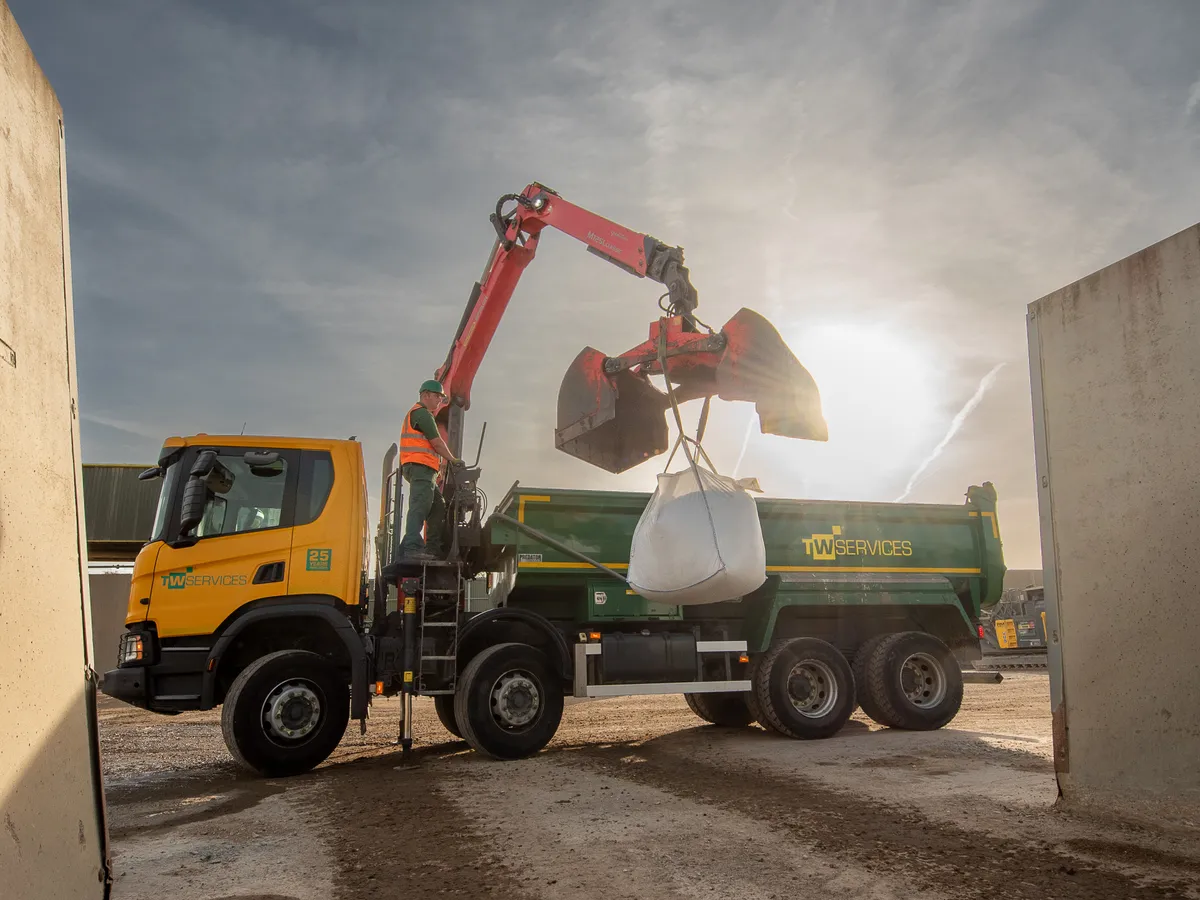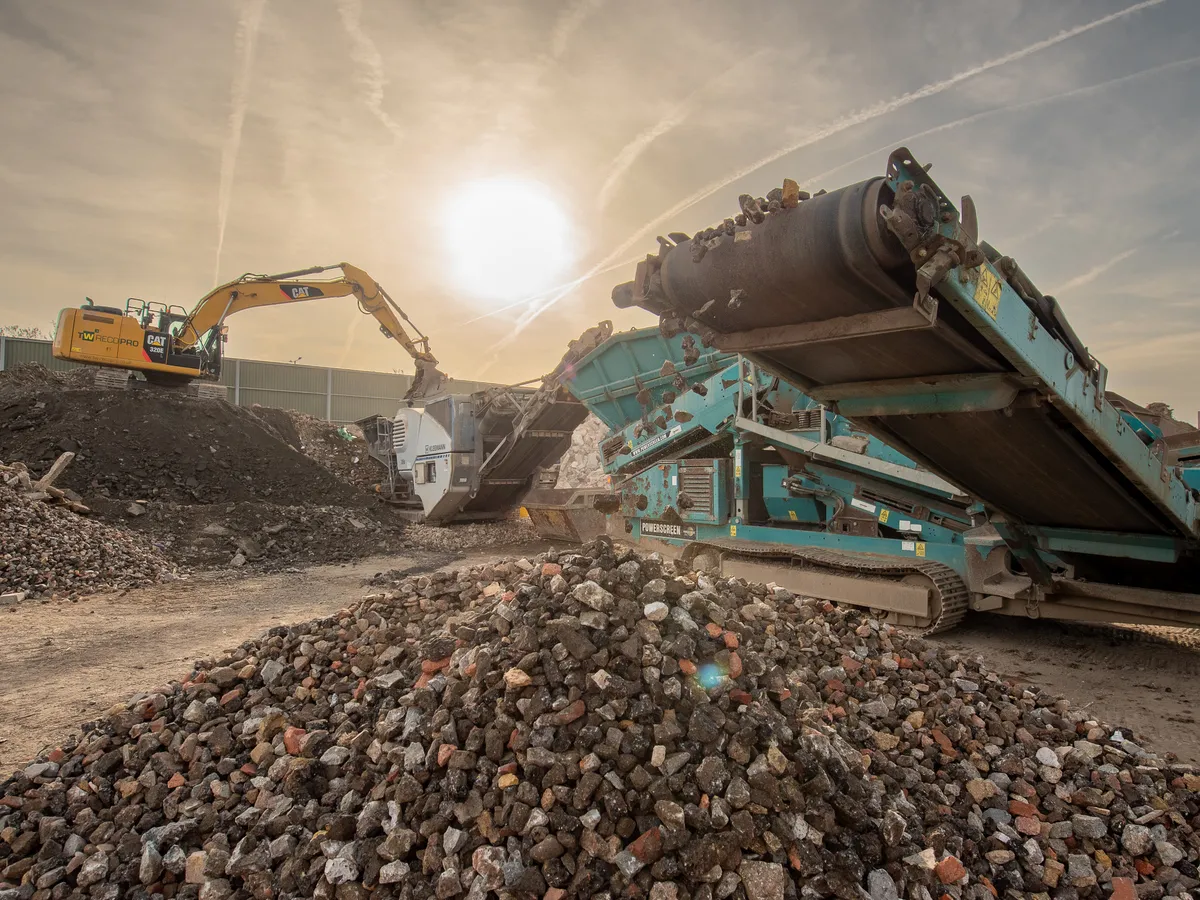
Understanding the Weight Capacity of a Skip
When deciding to hire a skip in Kent, there are numerous factors you need to consider. From the different types of waste to skip sizes and dimensions, choosing a waste container for your commercial or domestic project can’t be done randomly.
One of the most important factors you should understand is a skip’s weight capacity. Skips are hardwearing about build to perform under weight strain, but they still have limits. If a skip is overfilled, your provider might have difficulty removing it, and you could incur extra fees.
So, if you’ve been pondering, “What is the total weight I can put in a skip?” keep reading. We’ve compiled all the information you need to know about a skip's weight capacity to simplify your skip hire journey.
What You Need To Know About Skip Weight Capacities
The total weight you can put in a skip ranges depending on the skip size you hire. Skips come in various sizes (e.g. 4 - 6 - 8 - 12 yard skip weight), and their weight capacities will all be different. Therefore, choosing the right size skip is integral to your waste management’s success.
Larger skips can hold more weight than their smaller counterparts, so if you are removing heavy objects, a large container could be a better option. See our range of skip sizes and dimensions before making your choice.
Larger skips and ROLO skips are ideal for commercial skip projects and skip hire for businesses.
Can a Skip Be Too Heavy?
If a skip’s weight limit is exceeded, the skip may become damaged, and be too unsafe to transport. This could negatively affect your project, leaving you paying extra fees and waiting longer for waste management.
Talk with your local provider about specific weight limits before you get started for accurate information.
Selecting the Right Size Skip
Choosing the right size skip will help you prevent overloading your container. If you opt for a smaller skip, there’s a higher chance you’ll add too much weight. Estimate how much waste you'll generate before you book to avoid overfilling and get the right skip price.
Factors that affect skip size include:
Waste type
Amount of waste
Length of hire
Space available for a skip
Everything you need to know about skip sizes can be found online, so investigate the top tips before choosing a specific size. Or chat with your local specialists for personal skip hire advice.
The type of waste you put into a skip can affect the weight. General skip waste covers a broad spectrum of material types, as do household clearance and garden clearance using skips. Skips are also used to dispose of recyclable materials and inert waste and can help towards a greener future by allowing businesses to recycle more.
Safe Waste Management and Overloading Skips
Safety is at the core of skip weight capacities, and following your skip’s weight limit seriously is vital. Skip weight limits are implemented to meet safety regulations and to ensure the skip can effectively handle your waste.
Overloading a skip doesn’t just pose the risk of damaging the container. You and your team could also experience accidents or injuries due to malpractice.
As mentioned above, some companies will also add extra fees to clients who overload skips. In some cases, providers may even refuse to collect overloaded skips, as these are too dangerous to take on the roads.
Finding The Right Skip For You
Weight capacity isn’t a detail you can overlook in the skip hire process. Working with experts is the best way to find a skip that suits your project.
TW Services provides Kent skip hire and expert guidance, ensuring you find the right skip for your waste and it's disposed of properly. Reach out today to find out which weight limit works for you.
